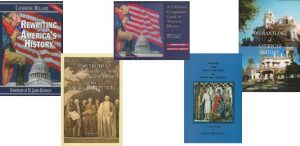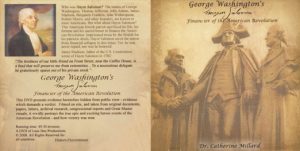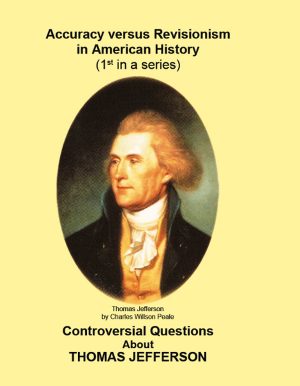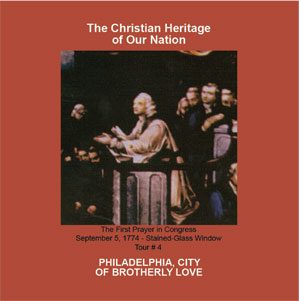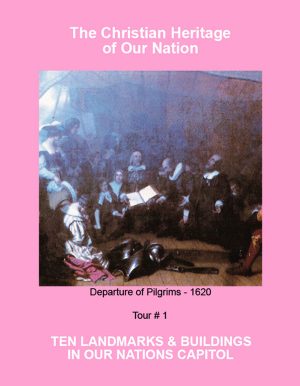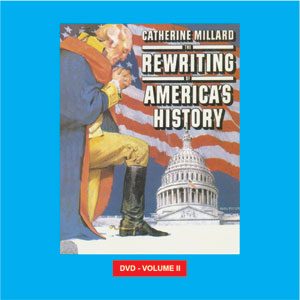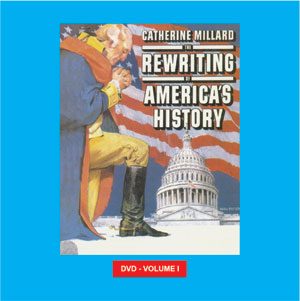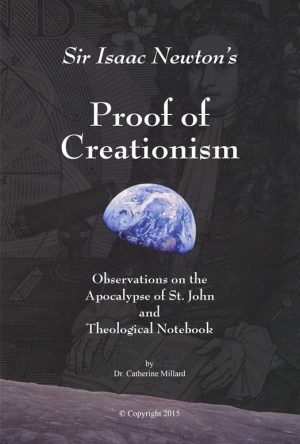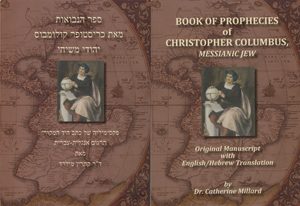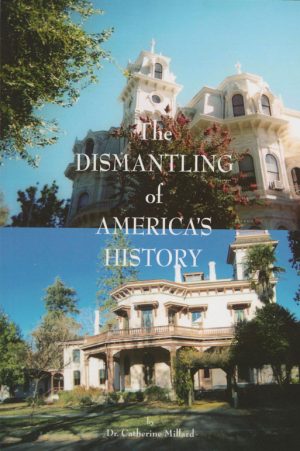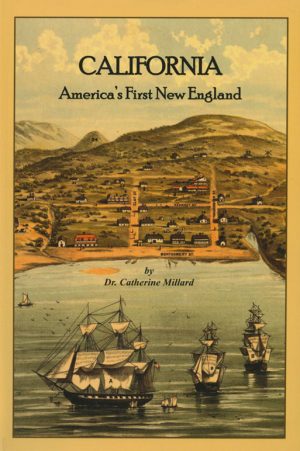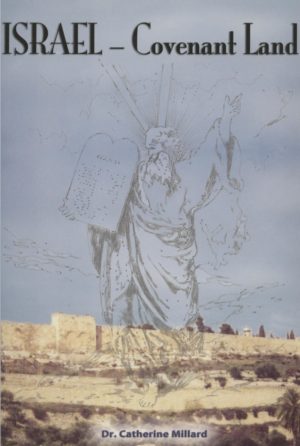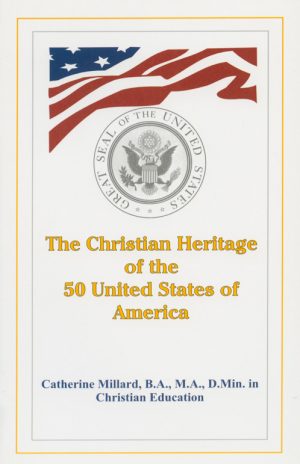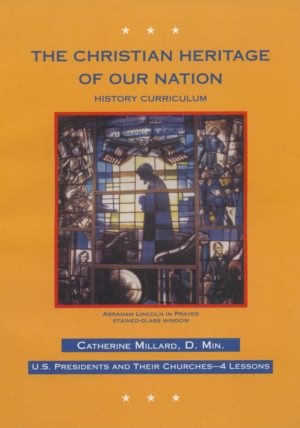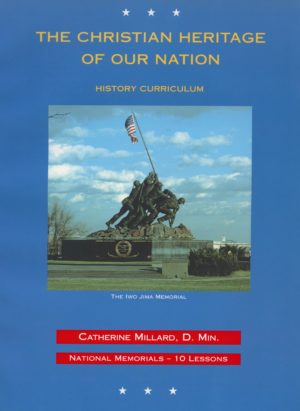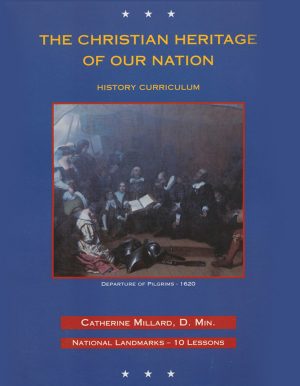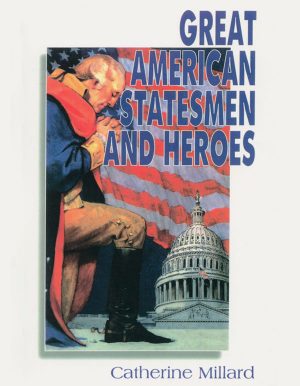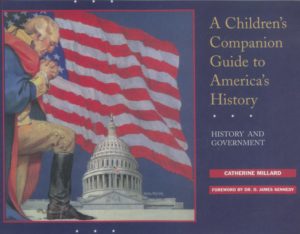Samuel Morse – The Conveyer of a Universal Blessing
Samuel F.B. Morse was born in Charlestown, Massachusetts on April 17, 1791. The telegraph, his great invention, has been described by the U.S. Congress as “a universal blessing to mankind.” This great breakthrough took place from the U.S.Capitol building in Washington, D.C. and was received in Baltimore, Maryland on May 24, 1844. The famous first telegraph message, “What Hath God Wrought!” was takenfrom theOld Testament Scriptures, Numbers 23: 23.
The First Telegraph Message is Sent
Early in the morning of May 24, 1844, a small group of dignitaries gathered in the U.S. Supreme Court, at that time located in the Capitol building. Dolly Madison, wife of the fourth U.S. President, James Madison, was also present. The Baltimore and Ohio Railroad’s little Pratt Street Station in Baltimore, Maryland saw a different audience awaiting this Historic communication.1
At 8 a.m., Samuel Finley Breese Morse, the artist whose vision it was to “transmit intelligence instantaneously bye electricity,” tested his new invention. Annie Ellsworth, daughter of the U.S. Commissioner of Patents, entered the rooms hortly thereafter, handing him atone, upon which was written the choice of Scripture verse which she and her mother had the honor of selecting.2 At 8:45 a.m. Morse began slowly tapping out the message from a little roomon the West side of the ground floor in the center part of the building.3 Instantly, in Baltimore, Alfred Vail, Morse’s colleague and friend joyfully recorded the words, “What Hath God Wrought!” The entire Bible verse comes from the Book of Numbers, Chapter 23, verse 23.
“Surely there is no enchantment against Jacob, neither is there any divination against Israel; according to this time it shall be said of Jacob and Israel, What Hath God Wrought!”4
Applause was heard from everyone present, as Vail immediate lyre turned the message to Washington. Great excitement and jubilant cheering followed Morse’s invention. Morse and Vail,building upon their success, continued conversing via telegraph.Dolly Madison then asked permission to extend personal greetings to her friend in Baltimore. It was thus that the telegraph was born.5
Samuel F. B. Morse, however, prior to his invention, had undergone hardships, ridicule and disappointments, which is often the case with men and women of exceptional talent and ability.6
Samuel Morse’s Christian Background
He was he son of the Reverend Jedidiah Morse, well-known preacher of the Gospel and a crusader for lost souls. As author and publisher, Jedidiah Morse was also known as “the father of American geography “because he authored the first geography textbook printed in this country. Reverend Morse was also a great American Christian patriot and close friend of both George Washington and Daniel Webster. Morse’s mother was the granddaughter of Dr. Samuel Finley, one of the early Presidents of Princeton University.7
Morse, the Artist
At an early age Samuel displayed great artistic talent. He commenced his studies at Yale University at age fourteen, helping to pay his expenses by painting portraits of faculty members and students. His studies in art took him to London, after his graduation from Yale in 1810. Morse was widely known and acclaimed for his outstanding paintings and drawings. He gained the reputation of one of the foremost portrait painters in America. In 1819, the artist received a commission from the City of New York to paint a portrait of the Marquis de Lafayette, which he undertook in the White House.
Morse, the Inventor
Electricity, however, both interested and intrigued him. In 1832, while returning from Europe on the ship “Sully,” Morse had the brilliant idea of inventing the elector-magnetic telegraph.8 One of the passengers, Dr. Charles T. Jackson, of Boston, began speaking about electricity, remarking that “electricity passes instantly over any known length of wire. Benjamin Franklin passed current many miles and “noticed no difference of time between the touch at one end and the spark at the other.” “If this be so,” said Morse, “and the presence of electricity can be made visible in any desired part of the circuit, I see no reason why intelligence might not be instantaneously transmitted by electricity to any distance.”9
Morse, the Educator
In 1835 Morse became professor of the Literature of Arts and Design at New York University. Although his board was provided for by the University, he was not recompensed for his work. It was in the fall of 1835, at this university, that he constructed his telegraph instruments carrying on experiments on his invention. He continued to paint, teach, write and live in one solitary chamber.10
Finally, the U.S. Congress agreed to pass an appropriation which resulted in building a telegraph line from Baltimore to Washington. Thus it was, that on May 24, 1844 the famous message “What hath God wrought!” was tapped out, instantly transmitted and received – an accomplished fact.11
Although poverty and difficulties dogged Morse during many years, prosperity and honors crowned his closing years. His Christian faith, passed down to him from a godly father – nurtured, sustained and upheld him throughout his entire life.12
Congress Memorializes Morse’s “Humility and Vision”
This inventor has left a great legacy to the nation, giving God all the glory for enabling him to make his invention of the first telegraph message, which the 78th Congress appropriately memorialized a hundred years later, on handsome bronze plaque. It is found near the spot from where this historic event took place in the U.S. Capitol, and reads:
Samuel F.B. Morse – The Inventor – On May 24, 1844 in the Old Supreme Court Room – now the Law Library in the Capitol – sent the above message to Baltimore, Maryland by the first elector-magnetic telegraph instrument. On May 24, 1944 the seventy-eighth Congress of the United States – Second Session -dedicated this memorial to the humility and vision which enabled this inventor to be the conveyor of this universal blessing to mankind.13
From the above, we see the Christian value system of this nation still in operational that time, by the wording which the U.S. Congress chose to glorify God – not man- in this great invention. In 1944, Congress still recognized that all gifts, talents, creativity, vision and imagination come directly from the hand of God to be employed for His ultimate glory. Samuel F.B. Morse was but God’s instrument -“a channel of universal blessing to mankind,” affirmed the 78th Congress. This, indeed, is the hallmark of a truly great statesman.
To learn more, click here.
___________________________
Bibliography:
1Tanner, Virginia. “What hath God Wrought!”Celebrating one hundred years of Telegraphing.
Baltimore and Ohio Magazine, published monthly at Baltimore, Maryland by the Baltimore and Ohio Railroad to improve its service to the public and to promote efficiency and community of interest among its employees. May, 1944.
2Ibid.
3Page and Lord. Story of a Nation’s Capital, 1932. Office of the Architect of Capitol, Washington, D.C.
4Tanner, Virginia. “What hath God Wrought!” Celebrating one hundred yearsof Telegraphing.
5Ibid.
6Ibid., p. 62.
7Ibid.
8Ibid.
9Ibid.
10Ibid.
11Collins, A.C. The Story of America in Pictures. Samuel F.B. Morse. Office of the Architect of the Capitol, Washington, D.C.
12America and the Future. The Hero as Inventor: Samuel F.B. Morse. Office of the Architect of the Capitol, Washington, D.C.
13Bronze Plaque on the wall of Small Rotunda, Senate side, U.S. Capitol, Washington, D.C.
